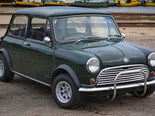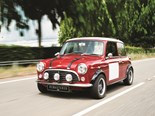1965-1971 Morris Cooper S - Buyer's Guide
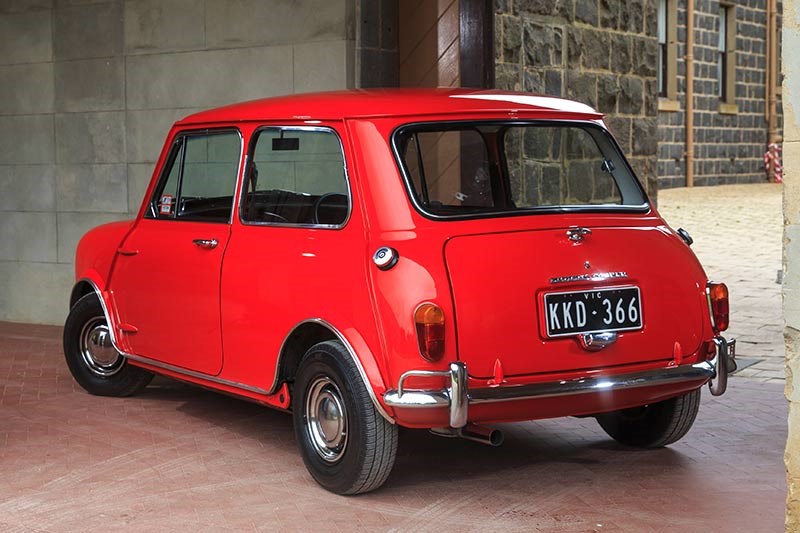


|
In 1965 motoring as we know it changed with the arrival of the Morris Cooper S
1965-1971 Morris Cooper S
The BMC Mini changed motoring as we know it. Millions were built and even today, no company has created a car that utilises its space more effectively.
Joining forces with racing car-maker Cooper in 1961, BMC produced a Mini Cooper (badged in the UK as an Austin) and in 1963 the 1071cc Cooper S.
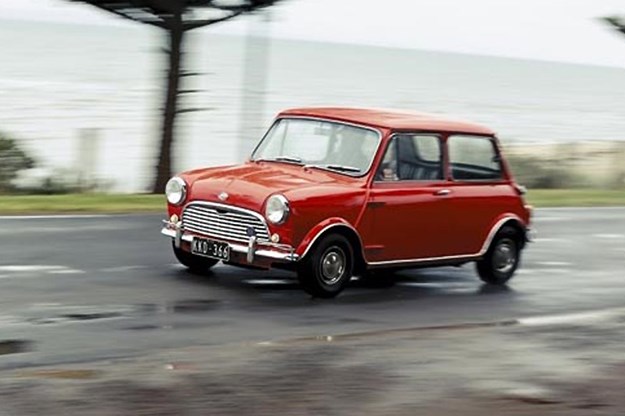
Australian production of the Cooper S began in 1965, using the larger 1275cc power unit that developed 56kW. Given the distances between fuel stations in those days and the average speeds that could be legally maintained even by 1.3-litre Mini, twin fuel tanks were fitted for a total capacity of 45 litres.
| Read next: 1970 Mini Cooper MkII review
As with all early Minis the Cooper S interior was extremely basic. Seats in locally-built cars were trimmed in durable vinyl, there was no dash just a parcel shelf with a rudimentary heater hung below it. Although seat belts weren’t compulsory in Australian cars until 1967, the Cooper S included them as standard. Typically Mini was the central instrument binnacle with no room for a tachometer and huge plastic steering wheel which most owners replaced.
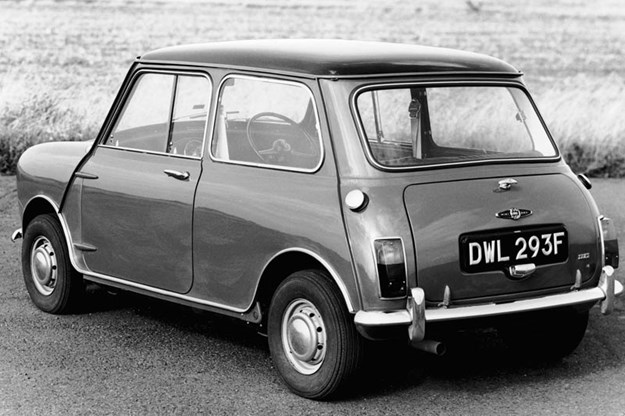
Another feature almost unknown in light, low-cost Australian cars was radial-ply tyres, fitted as standard to wider than stock wheels with holes to enhance brake cooling. In common with overseas versions of the Mini Cooper, local ‘S’ versions included disc front brakes in a very enticing $2280 package.
| Watch next: Twin-engined Mini reader build
Australia had already seen a few Minis specially imported for competition as Touring Cars or in the Improved Production category. What we didn’t expect was a stock standard Cooper S that could totally dominate the 1966 Bathurst 500 Production Car race. To be fair, Ford had retired its Cortina GT from competition by then and the Minis’ only serious rivals were a couple of V8 Valiants and an X2-engined Holden.
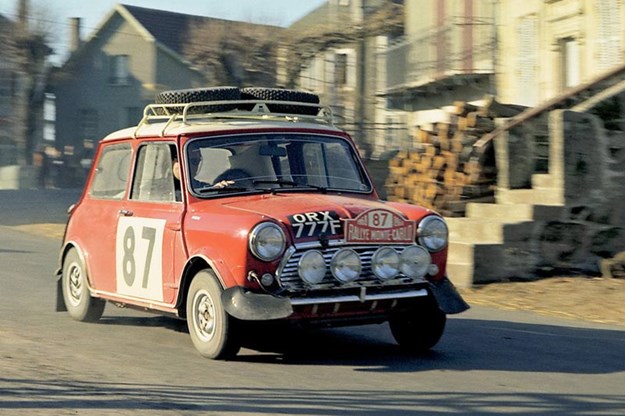
The Mini then became a contender for class honours; winning the ‘tiddler’ category in 1968-69 then returning in 1974 when the regulations changed and it was no longer obliged to compete against five-speed Datsuns and Mazda 1200s.
For 1969 and in response to official complaints regarding Cooper S wheels extending past the body extremities, a Mark 2 version was released. These had some detail changes to the interior and the same power as the Mark 1 but are generally regarded as slightly slower.
They also had fibreglass wheel-arch extensions ensuring the chunky wheels were fully covered and the local police with their books of defect stickers could be kept at bay. Ironically, some of the biggest purchasers of Cooper-enhanced Minis were Australia police forces.

MARKET REVIEW
Locating a genuine Cooper S is becoming more difficult as values have risen sharply since 2016. These cars were once seen by the dozen at car club sporting events and amateur motor sport meetings, however some owners feel their Coopers are a little too ancient and valuable to be brushing the Armco. Auction values for excellent and substantially authentic cars have topped $50,000 with some retail prices closer to $80,000. Joining a Mini club for a first pick of cars that become available is a good strategy for anyone wanting the world’s most famous front-wheel drive.
VALUE RANGE: Morris Cooper s
Fair: $14,000
Good: $30,000
Excellent: $50,000+
(Note: concours cars will demand more)
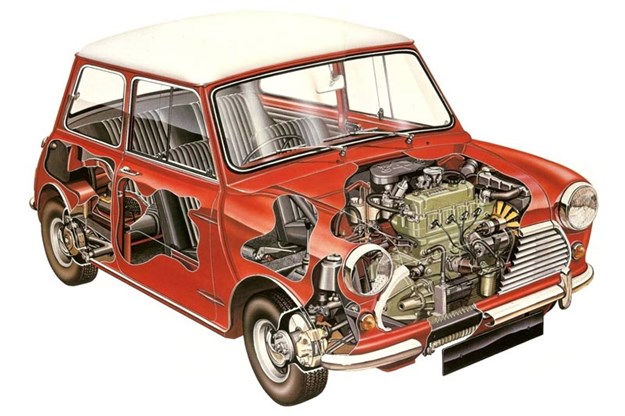
BUYER'S CHECKLIST
Body & chassis
Much-vaunted ‘Rotodip’ rust protection applied to Minis and other local BMC models from new seemed to lose its effect as they aged. Sills, door skins and window surrounds are obvious areas of rust attack but hidden rot is even more critical to a car’s survival. Hoist inspection is essential to check sub-frame mounting points, the firewall and floors, especially the boot. New panels are available (even complete body shells for UK-spec cars) and club sources often turn up stainless parts such as bumper and grilles in good condition, also glass and chrome at sensible prices. Local suppliers offer brand new $200 bumpers (no corner bars), floor-pans at $125 each and rear quarter panels at $500 each.
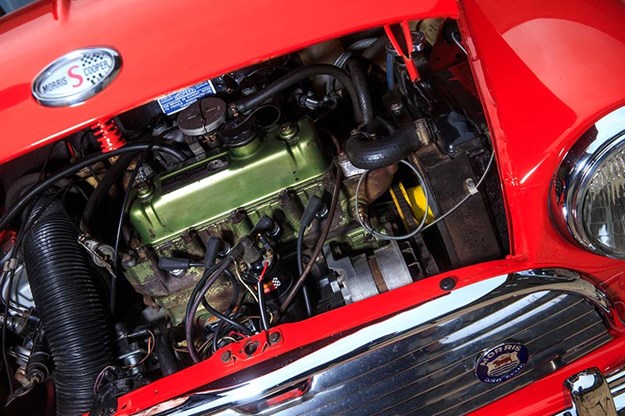
Engine & transmission
The ‘A Series’ engine is inherently durable, so smoke, valve train clatter or overheating are signs that work and expenditure will be needed. On the plus side, all mechanical parts are available and affordable. Replacing the standard SU carburettors with a single Weber is a popular way to extract extra power. Use of the recommended lubricant in the engine/manual transmission unit is essential. Gearbox bearing noise can become unbearable and worn synchromesh produces crunching down-shifts. New clutch kits cost less than $300 but problems can be due to worn master and slave cylinders which together cost more than a clutch but require fewer hours of labour to replace.
Suspension & brakes
Clattering from the driveshaft constant-velocity joints means imminent replacement but reconditioned joints are available at around $250 each. The Coopers don’t use Hydrolastic suspension, rather it has rubber cones but these can collapse. Replacements cost under $100 each to which can be added new lower control arms at around $200 per pair. Mini brakes are tiny and not expensive with replacement front calipers at $140-200 each. A car that will not stay straight without constant steering correction may be ‘crabbing’ due to the sub-frames not being properly aligned. Have someone drive behind the car to check it is tracking properly.
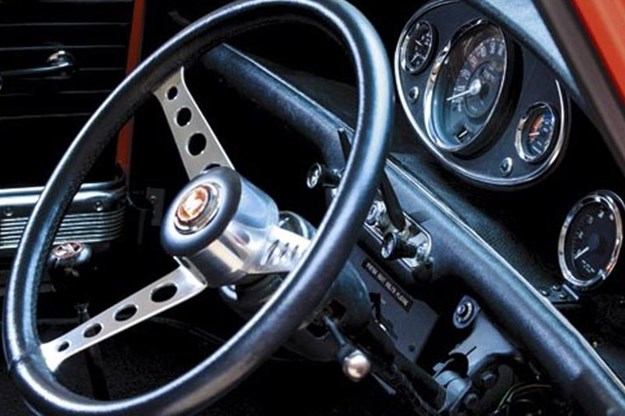
Interior & electrics
Worn vinyl is simple and cheap to replace but be cautious of a collapsed seat structure that will entail some expense sourcing replacements. Check that the seats move easily and lock in place. Early indicator stalks in Mark 1 cars (the ones with the blinking indicator warning light at the end) are flimsy so ensure it hasn’t been glued into the column. Normal British electrical issues can be expected, including reluctance to run if rain finds its way under the bonnet and wipers that don’t. Make sure that the floor-mounted dip-switch does brighten and dim the lights.
1965-1971 Morris Cooper S specs
NUMBER BUILT: 50,000 (Mark 1) 2500 (Mark 2) (approx. Aust. built)
BODY: all-steel, integrated body/chassis two-door sedan
ENGINE: 1275cc in-line four cylinder with overhead valves and twin side draft carburettors
POWER & TORQUE: 56kW @6000rpm, 107Nm @ 3000rpm
PERFORMANCE:
0-96km/h 10.7 seconds,
0-400 metres 18.1 seconds
TRANSMISSION:
Four-speed manual
SUSPENSION: Independent with rubber cones and locating arms (f) Independent with rubber cones and trailing arms (r)
BRAKES: disc (f) drum (r) power assisted
TYRES: 145 x 10 radial
Unique Cars magazine Value Guides
Sell your car for free right here
Get your monthly fix of news, reviews and stories on the greatest cars and minds in the automotive world.
Subscribe

.jpg)











